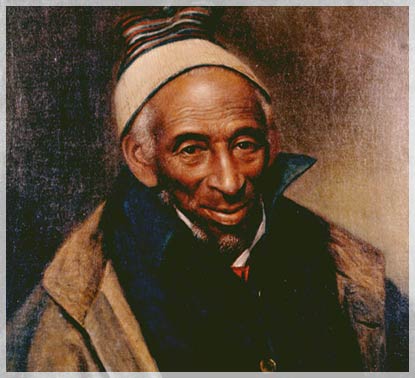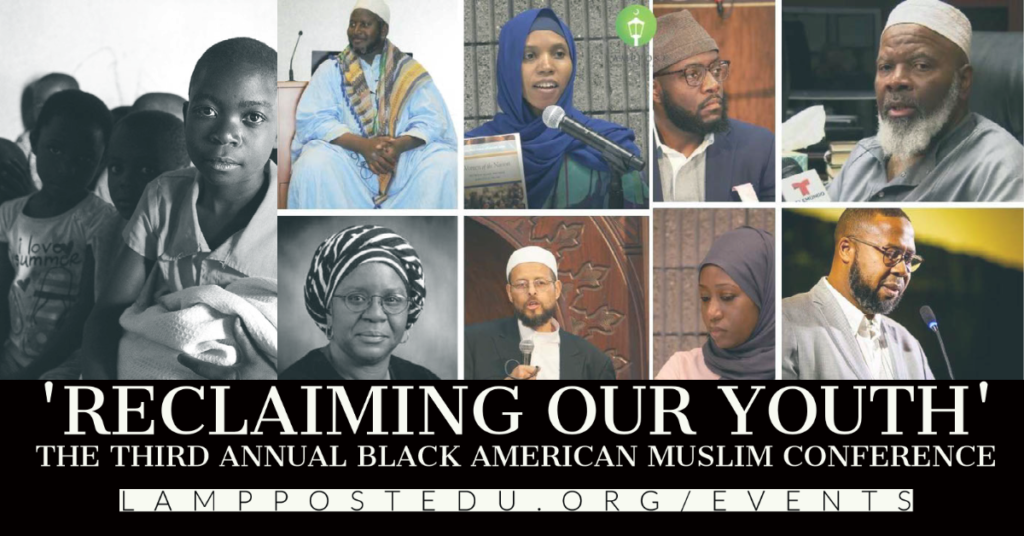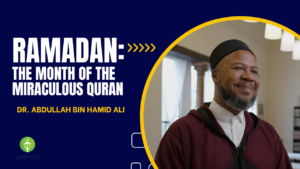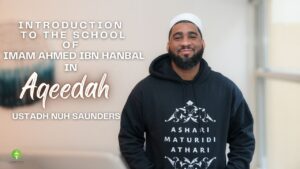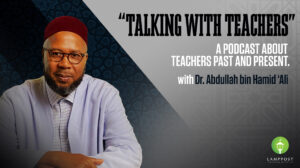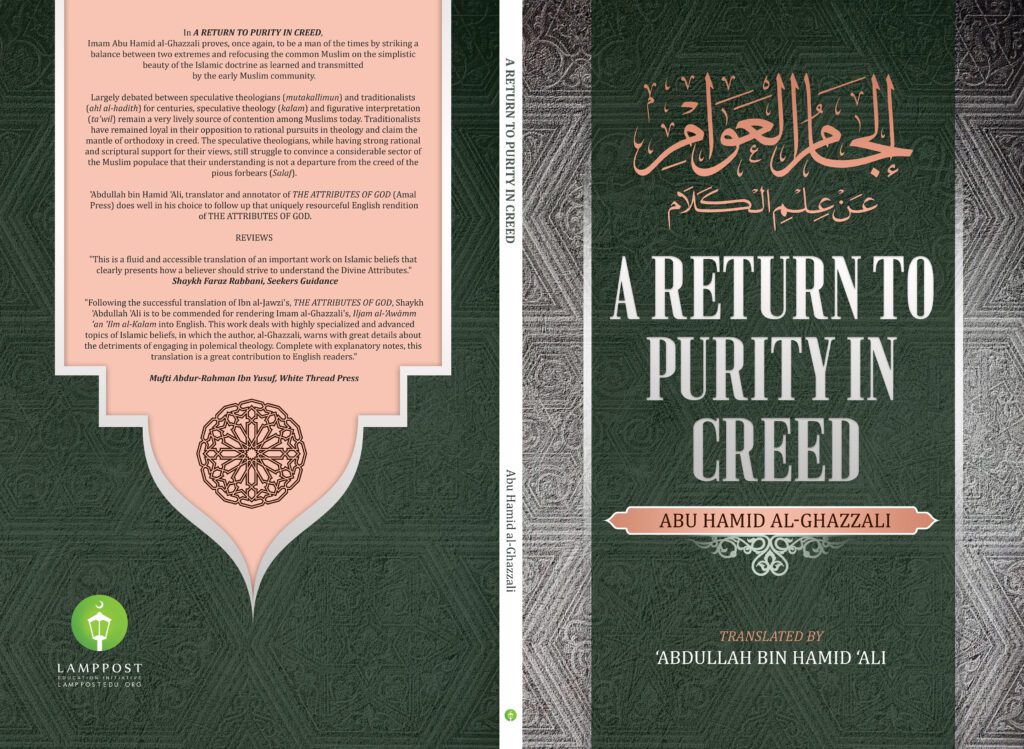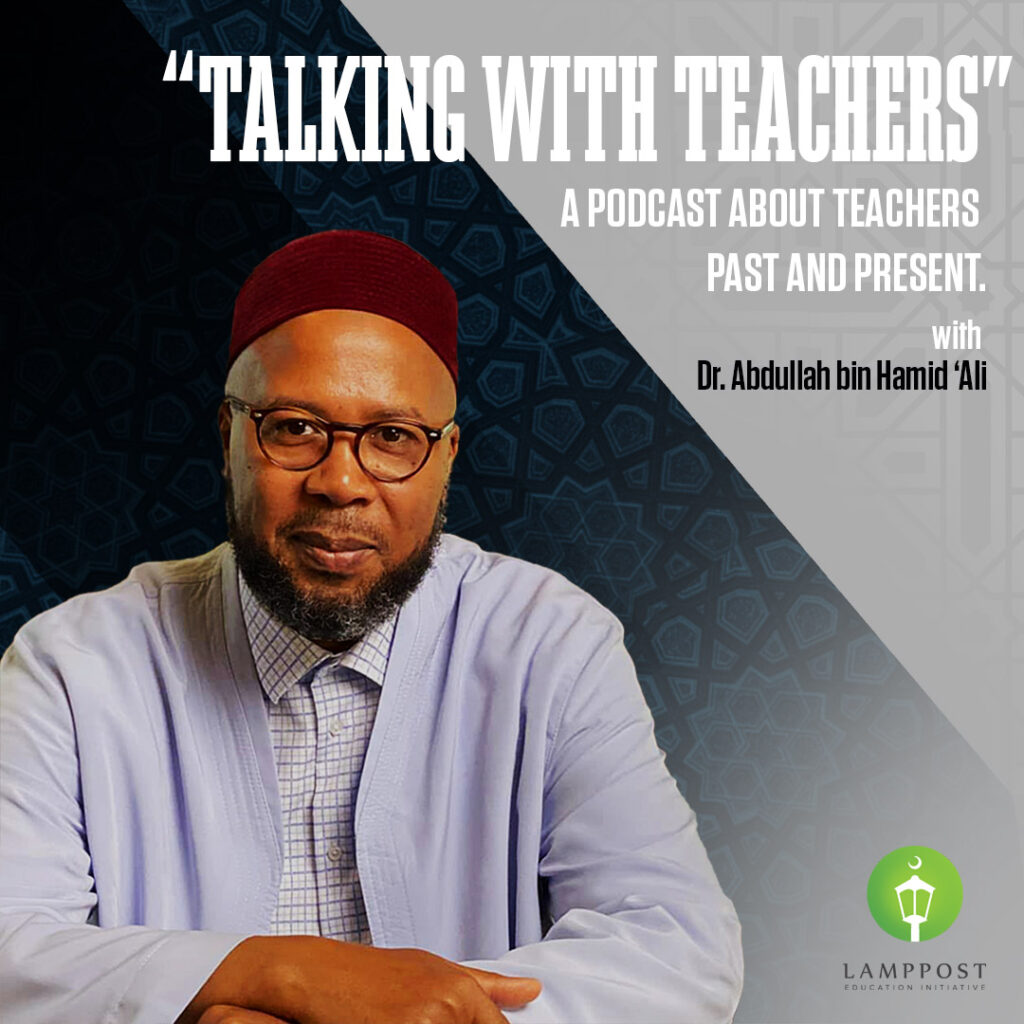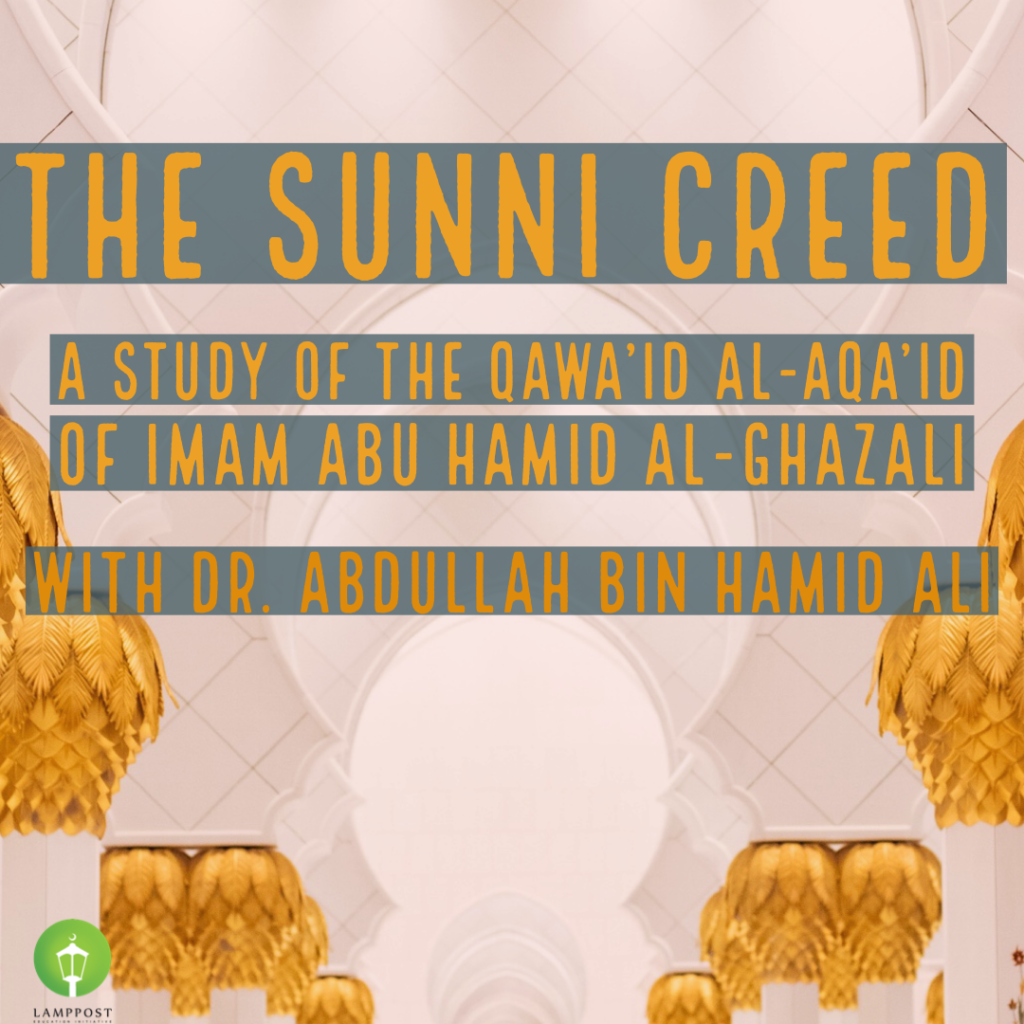By Abdullah bin Hamid Ali
In any given historical narrative of large multi-ethnic communities like the Muslims, one has to take care to not exaggerate the social contributions of one particular sector of that collective so as not to give the impression that the sole contributions of one group have aided Muslim social progression to the exclusion of others. The title, “A” History of Muslims in America, unlike “The” History of Muslims in America, offers the opportunity to appreciate the contributions of members of certain ethnic groups while not completely alienating readers who pay special attention to the subtleties of the title. The present status of Muslims in America as an active minority seeking full integration into American society but continually maligned and demonized by its corporate media is the consequence of centuries of cultural, social, economic, and political transformation in the US and Europe. Muslims are often confounded by the intensity of anti-Muslim sentiment, racism, and bigotry. Incredulity, however, may be obviated by reflection upon the fact that America was formed with an explicit purpose to guarantee a privileged political and economic position for certain white Anglo-Saxon men. The role of capitalism has been critical to this American liberal secular democratic project. “Bottom-line” and laissez faire economic policies which prioritize individual property rights over social responsibility have been largely the basis for justifying campaigns of ethnic marginalization. These facts mean in some regards that there can truly be no authentic “American” Muslim without an understanding of the role of race and wealth in American society. In a way, it is also a reasonable assumption that unless America changes it policy of racial stratification, Muslim integration into the multi-cultural mosaic of America will not be complete as long as Muslims fail to identify with American cultural connotations of race and/or as long as non-European Muslims continue to see their own “whiteness” in the same way that European “whites” see theirs. In other words, it may be that inclusion involves negotiating the legitimacy of one’s own original identity instead of appropriating another’s who feels that he/she gets to determine who is an authentic member.
While Muslim Americans come from various ethnic backgrounds, in my view the most important ethnic groups responsible for Muslim social progression are three: 1) African Americans; 2) Indo-Pakistani Americans; and 3) Arab Americans. It is impossible to do justice to the historical contributions of each group in such a small essay. I will, however, focus mainly on the African American contribution to Islam in the US. That decision is not meant to marginalize the role played by the other two groups (or any other for that matter). For even if we believe that the African American contribution is the most significant, this is not to imply that the Indo-Pakistani and Arab Muslim contributions are insignificant. Rather, had it not been for the Arab conquests, Islam would have never spread to the corners of the world. Had it not been for the courage of Indo-Pakistani proselytizers in inner-city African American communities, there would be little reason to believe that most African American Muslims could have ever recaptured what they believed had been lost. Without a Wallace Fard Muhammad, there would have neither been an Elijah Muhammad nor a Nation of Islam after all.
The socio-cultural and historical significance of certain proto and syncretic-“Islamic” movements, like the Moorish Science Temple and the Nation of Islam, are often excluded from discussions about the historical trajectory of Islam in the Americas. There may be more than one reason for this, but a popular assumption is that the genuine form and substance of Islamic history has been consistently sketched by orthodoxy. Had this been true, we would need to acknowledge multiple orthodoxies—or at least acceptable heretodoxies as well, since Muslim historians have made it their mandate to report not only on the contributions of “orthodox” traditions. They have also reported the views and contributions of Islamic heterodoxy. Is it the Sunnis, Shiites or Ibadis who truly represent orthodoxy? Was it the Moguls, Safavids, Seljuks, or Fatimids? Was it the theologians, philosophers, or Sufis? Such questions are meant to highlight that if we were to pursue the full picture of Islam’s encounter with the Americas, one must fight the urge to circumvent significant events in American social history which have contributed to the normalization of “Islam” and “Muslim” in American society. In other words, how can someone truly be an “American” Muslim (or Muslim “American”) without understanding America’s history and remaining vigilant and guarded about its latent potential for committing unspeakable violence?
We could, of course, simply ignore those facts and say that Islam in America begins in 1965 after ratification of the Nationality and Immigration Act which opened the floodgates to immigration from Muslim lands. That, however, would mean that most Muslim Americans who were naturalized citizens of the US since then entered the country with an under-appreciation for the many sacrifices paid by their Muslim predecessors (orthodox and heterodox): those who made it possible for the former to enjoy unprecedented rights which were not long before deemed nearly impossible to obtain. Among so many other things, this new Muslim American missed the American Revolution, Civil War, and Reconstruction. He missed the Racial Integrity Act, miscegenation legislation, and Jim Crow segregation. It was precisely the work of “black” non-Muslim and Muslim countrymen who fought to ensure that life in the Americans would be a more pleasant place for newcomers, especially those not apprehended as authentically white by the dominant culture.
Though it is an extremely difficult task to do in such a short essay, I will attempt to briefly cover the most important time periods for the historical social progression of Muslim Americans. Those periods are: a) 1492-1776; b) 1776-1865; c) 1865-1965; and d) 1965 to the present.
1492-1776: Columbus, the Slave Trade, and the Formation of the United States
1492 not only signifies the year that Columbus set sail for India and “discovered” this wonderful place we now call ‘America.’ It is in this same year that the last bastion of Islamic civilizational dominance on the Iberian Peninsula fell. Muslim rule in Andalus ended with the commencement of European civilizational ascension. Though its climb would not be easy, Europe’s—and later, America’s—rise to power required the sacrifice of the blood, sweat, and tears of millions of non-Muslim “and” Muslim Africans. In some estimates, up to 30% of all the Africans shipped to the Americas during the transatlantic slave trade were Muslims. Many of them were literate, skilled craftsmen, religious scholars, princes, and warriors. Many of them played major roles in slave revolts in different parts of the Americas, while others patiently endured their plight; contributing to the well-being of American society and seeking their way back to their home countries. During this period, unfortunately, the inhumane policies of slavers and the laws in the colonies—like barring slaves from reading and writing, forced conversion to Christianity, and limiting the importation of slaves directly from Africa—ensured that knowledge of Islam would be effaced from the memory of African slaves.
1776-1865: American Independence until Lincoln’s Proclamation
On July 4, 1776 the American political elite declared the independence of the American colonies from Great Britain. It is in this most celebrated document where we find the oft-quoted clause, “We hold these truths to be self-evident, that all men are created equal, that they are endowed by their Creator with certain unalienable Rights, that among these are Life, Liberty and the pursuit of Happiness.” Obviously, African slaves were not included in the category of “men.” That would include those among them who were Muslims. They, therefore, were not entitled to the rights of “life, liberty and the pursuit of happiness.” The plight of women (both white and non-white) at this time fared no better, especially since the “men” in “all men are created equal” was not a genus inclusive of women. To make things even worse, in the first Naturalization Act of 1790, during the presidency of General George Washington, one key element was introduced as the basis for American citizenship: that one needed to be a “free white person.”
Statesmen and other educated people during the 18th century also fell victim to the racist pseudo-scientific taxonomies of people like the Swedish botanist, Carl Linnaeus, who linked certain stereotypical behaviors and temperaments to certain skin colors. This was followed in the 19th century by the Aryan master race theory of the French aristocrat, Arthur De Gobineau along with the evolutionism of Charles Darwin who, likewise, entertained deeply racist ideas about non-whites, especially about the “negro.” What is important for us all to understand from this is that the Muslim American experience, no matter how removed we may appear to be from America’s barbarous past, has and still suffers from the politics of race in American society. If the history of Islam in America begins with the importation of African Muslims during the Transatlantic slave trade, by the time of Lincoln’s Emancipation Proclamation there was hardly any trace of historical Islam to be found among the Africans. This is not to suggest that there were no Muslims at all in the US after the civil war. The US consul to the Philippines, Alexander Russell Webb, was one prominent Muslim American of the 19th century. Northwest African Muslims like Ibrahima ‘Abdur-Rahman, Umar bin Sayyid, and Job ben Solomon were just a few of the prominent literate and educated Muslims living in America during the 18th century. The difference, however, between the proto-Islamic movements of the late 19th and early 20th centuries and the Islam understood and practiced by the aforementioned Africans is, firstly, that these men practiced an Islam which was indigenous to Africa. The second difference was that for some of these men of prominence, like Ibrahima ‘Abdur-Rahman and Umar bin Sayyid, “black” solidarity wasn’t apparently something on their list of priorities. Rather, it is reported that both men denied having any “negro” blood; perhaps, as a ploy to achieve their freedom. Consequently, once African Americans achieved freedom from slavery (though not the privileges of normal citizens), many of those in search of their forgotten past were led back to what they believed to be their religious roots: Islam.
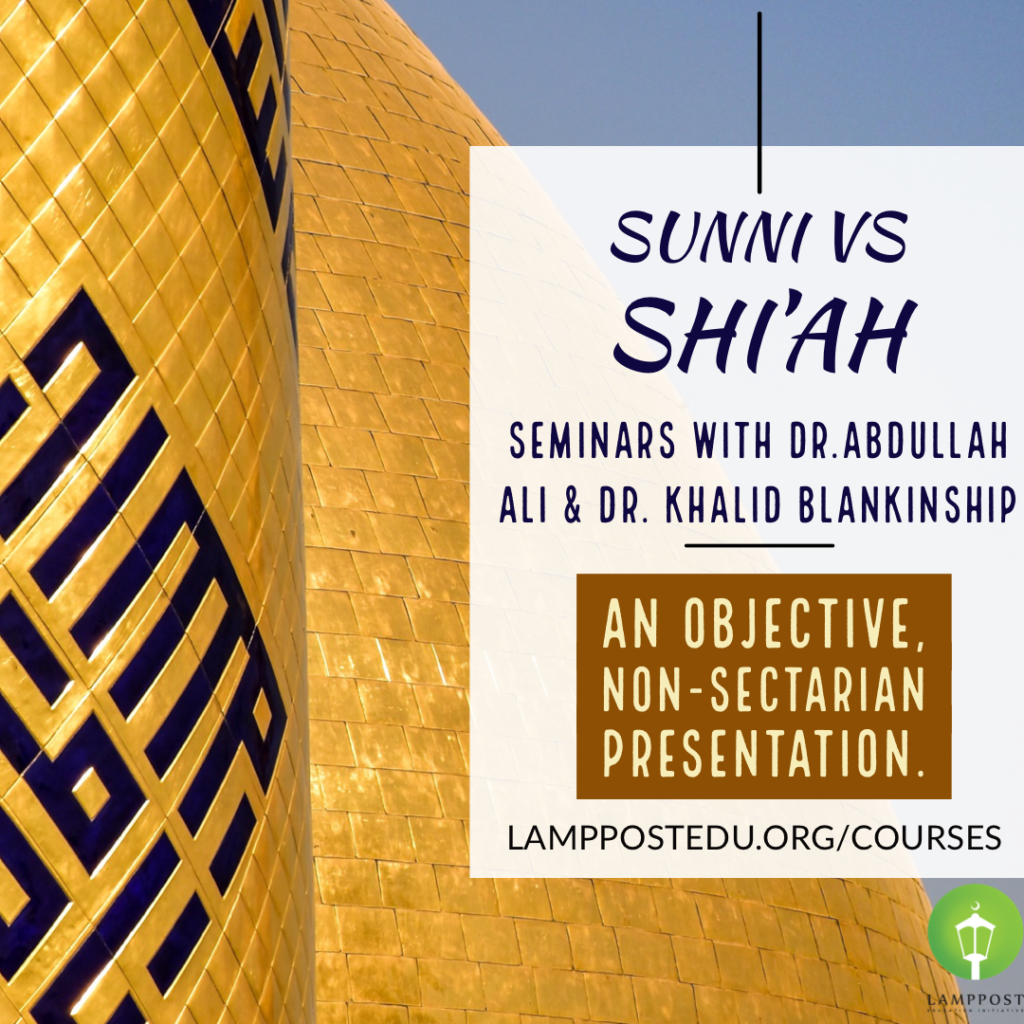
A rich, detailed, and non-sectarian look at the historical differences between the Sunni and Shi’ah. Find out more about this and other Lamppost seminars. Click the button below for details.
1865-1965: Emancipation & Reconstruction until the Repeal of the Ethnic Origins Act
In spite of the fact that African Muslims had traveled along with their European captors to the Americas, after the Civil War and going into the start of the 20th century, it is difficult to identify clear signs of historical-cultural and doctrinal continuity between the Islam of the African mainland and the American community of Muslims. Prior to the end of slavery, a number of free blacks formed societies and debated the wisdom of seeking to achieve social equality with the majority whites. From these debates, two fundamental paradigms were born which left an indelible mark on the African American psyche. One paradigm was what some authors have termed the “integrationist” paradigm. The other has been referred to as the “nationalist/separatist” paradigm. A major proponent of the integrationist paradigm was Frederick Douglas, while his colleague and friend Martin R. Delany adopted the separatist-nationalist paradigm.
African American integrationists largely accepted America as their permanent home, and that there was scarcely any recollection of Africa, especially since a majority of those living in the US by the time of emancipation had never set foot on African soil. These were determined to take on the challenge of civil rights and forcing America to live up to its stated ideals. Separatists, on the other hand, showed more interest in either leaving US soil or they simply gave up hope that integration with whites could be achieved. Booker T. Washington, in particular, assured whites that he had no desire to live among them. He was, however, successful in convincing many southern and northern whites to contribute to his self-help self-empowerment educational institution known as the Tuskegee Institute. It was his belief that once whites could acknowledge the African American as full human persons as a result of their own self-discipline and mastery of a number of blue collar professions, integration and civil rights would be achieved without any resistance. In the meantime, the civil rights struggle was to be put on pause.
Grasping both of these paradigms is crucial for Muslim Americans, because it provides insight into just how far from or close Muslims (African American and others) may be to complete social integration and inclusion. It is also important that we not minimize the value of either paradigm, since there is something to be gleaned from integrationism and nationalist-separatism. While African American Christians largely adopted the integrationist paradigm, most African American Muslims appropriated the nationalist-separatist paradigm. For this reason, we see—especially during their earlier years—Dr. Martin Luther King Jr. (integrationist) and Malcolm X (separatist) as polar opposites. Much like African American separatists-nationalists before them, a substantial number of Muslim immigrants after 1965 also adopted the language of separatism; many of them not objecting to attempts of reconciling their “Americanness” with their “Muslimness” until after the tragic events of 9/11.
After achieving freedom, the first known organization of free blacks to associate themselves with the Islamic tradition was the Moorish Science Temple founded in 1913 in Newark, New Jersey by a man known as Timothy Drew. Drew, in an effort to construct a distinct identity for African Americans from that of their former slavers, taught his followers to embrace the belief that they were ancestors of the Moroccan Moors who conquered and ruled the Iberian Peninsula for nearly 8 centuries. Even if Drew’s movement constituted an original American syncretism between Islamic and some Hindu teachings, it was the “Islamic” part of his teachings which seems to have had the greatest appeal to the marginalized community of African Americans. Though not an authentic work, Timothy Drew even wrote an original Qur’an based on his own ideas.
Upon the death of Timothy Drew in 1923 in the city of Chicago, a new contender for the leadership of the African American community eventually arose in the person of a man still shrouded with great mystery known as Wallace Fard Muhammad. Wallace Fard Muhammad was known as a silk merchant who peddled his goods through door to door sales to African Americans. He founded the Nation of Islam in Detroit, Michigan in 1930, an organization which would eventually become the most effective self-empowerment African American religious and social organization of the 20th century. According to some reports, Wallace Fard claimed to be from Mecca, and four years after establishing the Nation of Islam, he mysteriously disappeared after appointing Elijah Poole as his chief representative. Poole, the son of a Baptist preacher, was born in Sandersville, Georgia, but moved with his parents and siblings during the first Great Migration of blacks to the north during the Great Depression in search of economic opportunity. In Detroit where a number of black nationalists organizations were competing for the ears of African Americans, Elijah would eventually meet his mentor, Wallace Fard. After the disappearance of Mr. Fard, Elijah was left at the helm to guide the fledgling organization. Elijah’s efforts at recruitment were slow in their gains until he discovered the young reformed criminal we all know as Malcolm X. Malcolm was made Elijah Muhammad’s national spokesman for the Nation of Islam, and he traveled through major US cities to open a number of temples thereafter leading to the mobilization of thousands of African Americans who streamed into the Nation of Islam. After disputes with Elijah Muhammad, firstly, related to being barred from speaking in light of disparaging comments made about the assassination of President John F. Kennedy, and, later, regarding his public revelation of certain indecent accusations made against Mr. Muhammad concerning extra-marital affairs with under-aged girls, Malcolm left the NOI and started the Muslim Mosque, Inc. and the Organization of Afro-American Unity. Malcolm, however, would not live long enough to see his efforts grow to fruition. He was assassinated in the Audubon Ballroom after ascending the pulpit to deliver a speech on February 21, 1965.
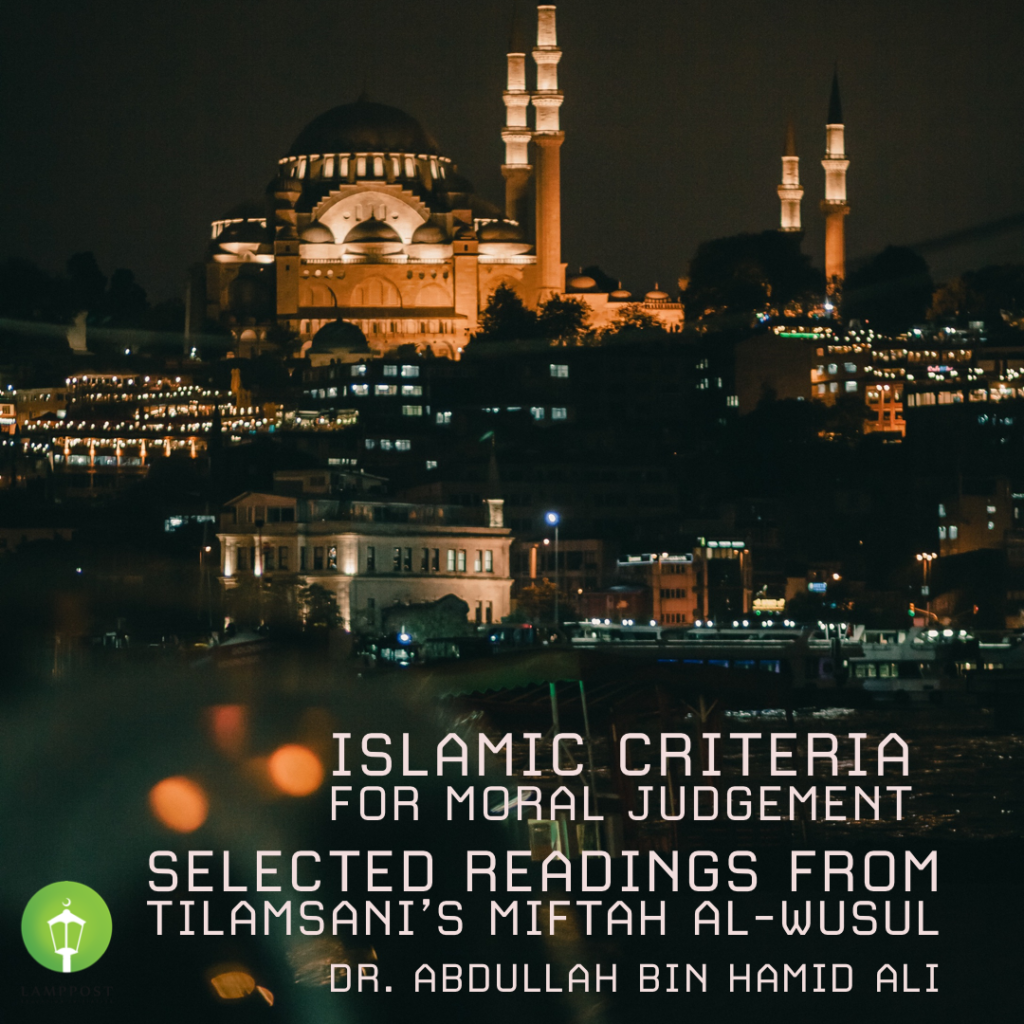
A fascinating online course with Dr. Abdullah bin Hamid Ali. Click the link below for more details on special online courses and seminars.
1965-Present: Immigration, Separatism & the Birth of Muslim Integrationism
It is an interesting coincidence that both the assassination of Malcolm X and the Nationality and Immigration Act of 1965 happened in the same year. No one knows how Malcolm might have reacted to the social changes happening in America. This particular act was extremely important because it overturned the Ethnic Origins Formula of 1921 which limited immigration from Asia and Africa and privileged immigrants from northern and western Europe. Although the new law would not become effective until 1968, it was the linchpin decision which eventually altered the dynamics of religio-cultural authority in the Muslim American community. There are between 6 and 8 million Muslims in America today. The largest single block of Muslims (up to 42%) are African Americans. Despite this fact, over the years as the laws in America have changed in such a way that racism has become more obscured to the public’s eye—and, therefore, deemed not to be a major point of concern for Muslims—a significant number of African Americans, like their recent immigrant coreligionists, abandoned the social concerns which were important to people like Malcolm X, the NOI, and the black church.
Arriving in the US, many new Muslim immigrants, like their African American predecessors, also bore a separatist mindset about American culture and its international politics. Discussions abounded concerning whether or not one could be both an American and a Muslim in light of concerns that such an idea compromised one’s solidarity with oppressed Muslims in places like Palestine. The Muslim or American dichotomy was in many ways not something new to the African American Muslim community which had already reasoned that if blacks were not accepted as full citizens at the signing of the US Constitution, there could be no true basis for accepting one’s “Americanness”, since it would mean accommodating white historical oppression of blacks. In other words, both immigrants and African Americans had plenty of common ground. In addition, the immigrants (Arabs especially) carried with them on their faces eastern authenticity and an Arabic tongue which made it much easier for many African Americans to yield to the leadership and direction of these newcomers. So, if the immigrants said that Islam doesn’t do race, any conversation about racism, the black plight, or white supremacy were deemed anathema to the prophetic way.
After the death of Elijah Muhammad in 1975, his son, Wallace D. Muhammad took over as supreme leader of the Nation of Islam. Wallace, however, rejected many of the views of his father. That’s because Wallace D. Muhammad had studied and accepted orthodox Islam. In light of this, he would be responsible for the largest mass conversion to Islam in the 20th century, bringing many of his father’s followers into the fold of historical Islam. He disbanded the Nation of Islam in 1976, and renamed it The World Community of Al-Islam which was later changed to the American Society of Muslims. Initially, Minister Louis Farrakhan gave allegiance to his mentor’s son. He, however, abandoned him in 1978 and revived the former teachings of the Nation of Islam as taught by Elijah Muhammad.
Wallace D. Muhammad, who later changed his name to Warith Deen Muhammad, was courageous, not only for challenging his father’s teachings.
All evidence points to him being the first Muslim leader to break the “American or Muslim” false dichotomy by declaring that Muslims are legitimately American. He encouraged his followers to pursue higher education, public office positions, to join the FBI and police force, vote, and even run for public office. During this era, most non-NOI African American and post-1965 immigrant Muslims preached that such calls were unlawful (haram) capitulations to Western superiority and an acknowledgement of the legitimacy of secular government; a thing that was understood by many to be a sign of hypocrisy if not a form of apostasy.
An anonymous author even wrote a small booklet entitled, “Warith Deen Muhammad: Federal Agent” wherein a list of the Imam’s provocative statements were collected. The fact that Imam Muhammad was the first Muslim to offer an invocation at the US Senate didn’t endear him any more to those who claimed to represent Muslim orthodoxy. That was all until the tragic events of 9/11 when Muslims in US were compelled to reassess its relationship with secular society.
Conclusion
Muslims living in the US today are largely in agreement that there is nothing dichotomous about being both a Muslim and American. Where there is still some disagreement is over if we should be emphasize the “American” rather the “Muslim” part of the hyphenated identity. Of course, a discussion of Muslim organizations like the MSA National, ISNA, MAS, ICNA, and MANA are well-deserved as well. That, however, would require a much more detailed essay than this one. The rise in Islamophobia and anti-Muslim racism on the part of both common citizens and public officials in America give Muslims good reason to seriously consider whether or not and how deep they wish to embrace the crisis of race in America. As long as we are serious about our desire for integration into American society, I believe it is an issue which we can no longer approach with an attitude of “racial agnosticism.”
RESOURCES
GhaneaBassiri, Kambiz. A History of Islam in America. Cambridge: Cambridge University Press, 2010
Diouf, Silviane A. Servants of Allah: African Muslims Enslaved in the Americas. New York: New York University Press, 1998
Jackson, Sherman A. Islam and the Blackamerican: Looking Toward the Third Resurrection. Oxford: Oxford University Press, 2005
Jacobson, Matthew Frye. Whiteness of a Different Color: European Immigrants and the Alchemy of Race. Cambridge: Harvard University Press, 1998
Cruse, Harold. The Crisis of the Negro Intellectual. New York: The New York Review of Books, 1967
Toynbee, Arnold J. A Study of History: Abridgment of Volumes I-VI by D.C. Somervell. Oxford: Oxford University Press, 1946
Zinn, Howard. A People’s History of the United States. New York: Harper Perennial Modern Classics, 1980
Zinn, Howard. A People’s History of the United States. New York: Harper Perennial Modern Classics, 1980
Lincoln, C. Eric. The Black Muslims in America. Boston: Beacon Press, 1961
Washington, Booker T. Up from Slavery. New York: Dover Publications, Inc. 1995
Darwin, Charles. On the Origin of Species: By Means of Natural Selection. New York: Dover Publications, Inc. 2006
Dr. Abdullah bin Hamid Ali
He holds a Ph.D. in Cultural and Historical Studies in Religion (2016) and an M.A. in Ethics and Social Theory (2012) from the Graduate Theological Union. He obtained his B.A. (ijaza ‘ulya) in Islamic Law  (Shariah) from the prestigious Al-Qarawiyin University of Fes, Morocco in 2001. He served as full time Islamic chaplain at the State Correctional Institute of Chester, PA from 2002-2007, and is the founding director of the Lamppost Education Initiative. He currently serves as an Associate Professor of Islamic law and Prophetic Tradition at Zaytuna College in Berkeley, California. His research interests include the interconnection between law and identity formation, comparative Islamic law, and Islam’s role in the modern world.
(Shariah) from the prestigious Al-Qarawiyin University of Fes, Morocco in 2001. He served as full time Islamic chaplain at the State Correctional Institute of Chester, PA from 2002-2007, and is the founding director of the Lamppost Education Initiative. He currently serves as an Associate Professor of Islamic law and Prophetic Tradition at Zaytuna College in Berkeley, California. His research interests include the interconnection between law and identity formation, comparative Islamic law, and Islam’s role in the modern world.
Click HERE to see more articles, videos, and more from Dr. Abdullah Ali

